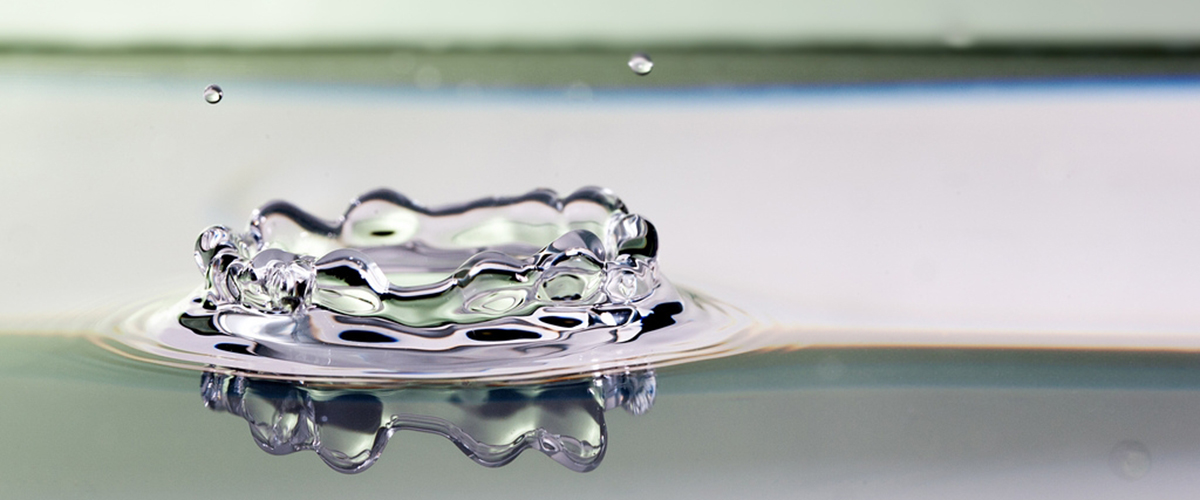Table of Contents
Now that you know that completely transparent urine isn't, actually, a sign of great health, you'll be wondering what you should do next. Do note that unless you have that "see before you flush" platform in your toilet, you might not be able to judge what color your pee really is accurately. Very pale yellow urine (healthy urine!) can, when diluted in all that toilet water, look clear. If you're not quite sure whether your urine really is completely clear, you may want to catch some into a cup to be able to observe it more closely.
And if you're still sure your pee is as clear as water, what's next?
How Much Liquid Should You Really Be Drinking?
If your country uses ounces, you'll have heard the advice to drink eight eight-ounce glasses of water a day. If your country uses liters, you'll have heard the advice to drink two liters of water a day. Either way, the advice is pretty easy to remember, as is its friend: "Never wait until you're thirsty to drink water, because by that time, you're already halfway towards dehydration!" [3]

Is this advice actually correct, though? Experts don't think so.
A team of 17 international experts worked on new guidelines, which were published by the Clinical Journal of Sports Medicine, together, after 14 athletes apparently died from sports-induced hyponatremia. Hyponatremia, remember, means dangerously low sodium levels. It's caused by — wait for it and yes, it's possible — an overdose of liquids. [5]
Also remember that the previous school of thought, the one from which the old eight large glasses of water advice originated, wasn't actually talking about water intake, but rather about total fluid intake. Those fluids comes from almost everything you consume, both foods and other liquids. Even coffee, which of course does have a diuretic effect, still contains water and counts toward your daily total.
Fluid intake isn't a one-size-fits-all situation, either. If you're exercising, the weather is really hot or humid where you live, or you have a fever, you will need more than the average person. Thankfully, the body still has an integrated system to tell you when you need to boost your liquid intake, and one that usually works pretty well: thirst.
Could You Have Diabetes?
What if you're always thirsty, and no amount of liquid seems to be enough for you? It is probably time for a trip to the doctor, especially if along with your thirst, frequent urination, and clear urine color, you also have these symptoms [6]:
- Persistent hunger, also called polyphagia
- Slow-healing wounds
- Tingling feelings in your extremities
- Darker patches of skin, especially in the neck, armpits and groin areas
- Blurry vision
All of these are signs of type 2 diabetes, and they should be acted on as quickly as possible. Without the right medication, type 2 diabetes can lead to a variety of complications, including blindness.
Of course, you don't need to suspect a certain diagnosis to either make an appointment with your doctor or consult them by email or in another way. Being worried about your health, in this case because of persistently clear urine that doesn't have an obvious cause, is enough to seek medical attention. If, after a discussion about your health, your doctor tells you not to worry, that'll help put your mind at ease.
- Photo courtesy of Max Pixel site: maxpixel.freegreatpicture.com/Water-Dripping-Drop-Drip-Dripping-Water-Drop-Water-1897496
- Photo courtesy of Stefan Lins by Flickr: www.flickr.com/photos/mrlins/6151504953/

